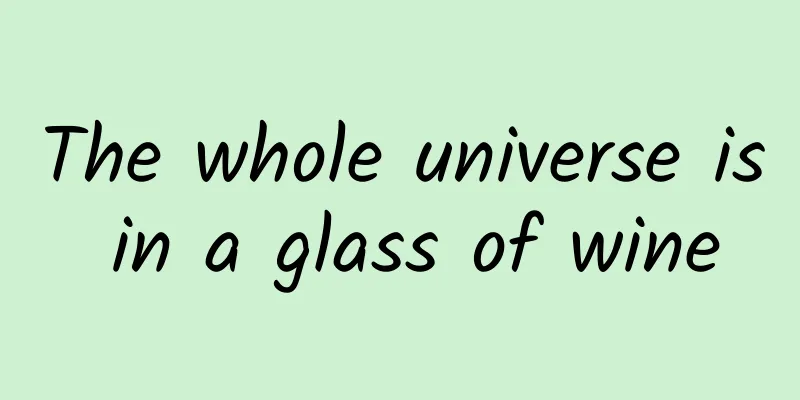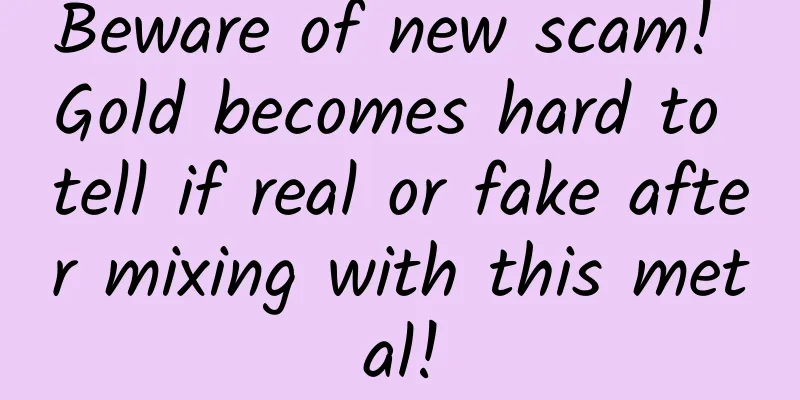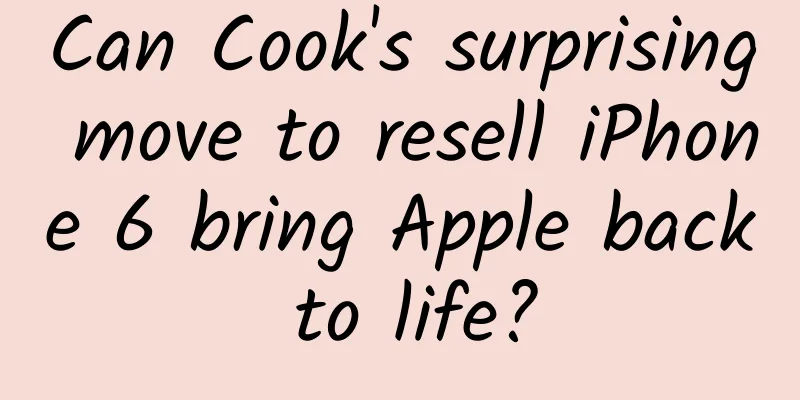The whole universe is in a glass of wine

|
Leviathan Press: If it were not related to the industry, most people would be like me and would have no more contact with the word "physics" after leaving school. But the current situation and operation of the world are closely related to physics, and physics itself has an irreplaceable beauty. Among the many physics masters, Feynman's painting style is always so unique. You may have heard anecdotes about some genius scholars, but Feynman may well be the most prolific of them all. He learned to paint in his spare time and even held an exhibition after painting enough. On his honeymoon, he became interested in studying Mayan writing and reached a level where he could authenticate the authenticity of ancient manuscripts. While on vacation in Brazil, Feynman started playing bongo drums and even joined a dance troupe with his drumming skills that were "like those of a professional musician." In order to study hallucinations, he repeatedly lay in a sensory deprivation chamber and even had an "out-of-body" experience. But such a life player is regarded as the most influential theoretical physicist after Einstein and Bohr, and his contribution to quantum field theory has become the foundation of later research. Playing with toys does not necessarily mean losing one's ambition, life lies in struggling. It's a joy to see an old thing from a new perspective. ——Also Feynman After graduating from Princeton University in the 1930s, Feynman was called to join the confidential Manhattan Project, racing against time to build an atomic bomb before the Germans in a secret laboratory in New Mexico. Among the scientists who were also closely involved in the Manhattan Project, Feynman seemed to be the most "grandson" and the one who was not doing his job properly. During that time, Feynman, who was busy making bombs, developed another interest - lock picking. Atomic bomb technology was the most confidential thing in the world at that time, but the documents related to it were stored in ordinary filing cabinets, including but not limited to the process of producing plutonium, the refining process, how much material is needed, how neutrons are produced, the design of atomic bombs and their working principles... Feynman got excited, and he reminded the team to pay attention to the security of confidential documents by unlocking the filing cabinet many times. At first, he just demonstrated to his colleagues how to take out the documents from the back of the filing cabinet without unlocking it. Later, the base finally purchased a safe with a combination lock, and he taught himself many lock-picking skills, studied hard, devoted himself to studying, and opened combination locks of various difficulties again and again, causing great mental pollution to all members of the base except him. I'm afraid all the bamboo shoots in New Mexico have been taken away by Feynman. Once, Feynman opened three safes containing important documents at once and left three notes in them: "Borrowed file number LA4312, left by lock-picking expert Feynman", "This cabinet is not difficult to open, left by a smart guy", and "The passwords are all the same, each cabinet is not difficult to open, left by the same person". When his poor colleague De Hoffman discovered this, the first thing he saw was the last note. It is said that he was so scared that he "trembled all over and turned pale" until Feynman secretly guided him to "check" the other two cabinets. After seeing the first note, he realized that it was just a prank of Feynman. However, De Hoffman was not angry. Instead, he turned around and caught up with Feynman who was trying to escape quietly and hugged him tightly. After all, if it weren't for Feynman's prank, these documents would still be waiting to be stolen in the safe with almost no security. I was born into ignorance and have very little time to change various conditions of ignorance. ——Feynman again For his contribution to quantum electrodynamics, Feynman won the Nobel Prize in Physics in 1965 with two other physicists. However, Feynman also expressed strong dissatisfaction with the award. This dissatisfaction began when he first learned that he had won the prize. Someone from the organizing committee called Feynman at four in the morning and said, "Professor Feynman? I think you will be very happy to know that you have won the Nobel Prize." "Yes, but I'm sleeping!" Hang up. The phone rang again: "Professor Feynman, have you heard that..." "have……" If it weren't for the reporter from Time magazine advising him that "refusing the award would cause more trouble than accepting it obediently", Feynman seemed to really refuse this highest honor in academia. As he said in his acceptance speech: "For me, in terms of the pleasure I get from scientific research and the fact that others can use my research results, I have already received my reward." But before accepting the award, Feynman was in a dilemma again. He heard that after the award ceremony, the recipients had to step back to their seats facing the King of Sweden on the stage. His thought was "see how I punish them". So Feynman began to practice backward frog jumps and frog calls, hoping to jump and call back to his seat at the award ceremony and "perform well". Unfortunately, Feynman did not get what he wanted in the end - the staff told him that he could just turn around and walk back to his seat. The implication was probably: Professor, please let us go. The first principle is that you cannot fool yourself, because you are the easiest person to fool. ——Yes, it’s still Feynman In the early 1960s, Feynman was tasked with improving the physics course at Caltech. The teaching committee at the time believed that the original syllabus did not include some new scientific research results and greatly constrained students, so they decided to redesign the first physics course for undergraduates to stimulate students' interest in physics. Feynman gladly accepted the task and worked on it for three years. Three years later, his impromptu lectures on physics were also recorded and later compiled into a book, the Feynman Lectures on Physics. Although the Lecture Notes has not been adopted as an orthodox textbook, it has become a classic popular science book on physics due to its easy-to-understand language and vivid descriptions. In a 2013 review, Nature magazine described the book as "concise, beautiful, unified... full of enthusiasm and insight"; a reviewer from Scientific American called it "very nutritious, excellent flavor, and a guide for teachers and excellent students that has only been seen in the past 25 years." Feynman did not like rote memorization and other teaching methods that emphasized form rather than the core. He believed that clear thinking and equally clear expression were essential qualities for his teaching work. He criticized the special symbols used in the California State Board of Education's mathematics textbooks as "too special" and not seen anywhere else: "I don't think it's necessary or necessary to teach this stuff in schools. It's not an effective way to present it, nor is it a persuasive approach. It claims to be precise, but what is the purpose of precision?" Although Feynman's most valuable contribution to science is generally considered to be in the field of quantum electrodynamics, the Lectures are his most widely read work, as he intended them to "keep the interest of the enthusiastic and intelligent students who are entering Caltech fresh out of high school." There is an interesting rumor about the Lecture Notes. It is said that Feynman originally wanted a picture of a drum with fine powder sprinkled on it as the cover of the book, with some mathematical graphics drawn on it to express the concept of vibration. However, the publisher thought that such a picture would easily remind people of rock music and even drugs, so the cover was eventually changed to pure red - but there was still a picture of Feynman playing drums in the preface - the publisher probably thought that the professor just wanted a picture of himself playing drums to appear in the book. For me, brought up in a French way with a blind respect for formality, the game changer was Feynman's Lectures on Physics; for my generation, the message of his book, its criticality, its explosive power, all felt like a pilgrimage. —Not Feynman, but French physicist Pierre-Gilles de Gennes To some extent, the Lecture Notes is the best proof that Feynman's thinking is different from that of ordinary people. Many of the ideas and problem-solving methods he taught in it are hard to find in other textbooks. Here is just one example. When we throw a stone outward horizontally - if the force used is relatively small, the speed of the stone will be relatively slow, and the landing point will be closer to us; but if the force used is large, the speed will be large, and the landing point will be farther away - then if the force used is large enough and the speed is fast enough (and air resistance is not considered), the stone will no longer fall to the ground, but will circle around the earth and become a low-Earth satellite. This speed that allows an object to stay within the range of the ground is the first cosmic speed mentioned in high school physics classes. Maybe you still remember (just assume you really remember), the way to calculate the first cosmic velocity in high school physics textbooks is to use the equation "gravity = centripetal force", that is: mg=mv^2/R The left side of the equation represents gravity, and the right side represents the centripetal force of the object's circular motion. When these two forces are balanced, the object will revolve around the earth. We can further deduce that: v = √gR It is indeed a very simple formula, but it requires the calculator to have some understanding of the effects of force. Although the threshold is low, it exists. However, Feynman proposed a completely different calculation method in his lecture notes, which was based entirely on geometric characteristics and did not require consideration of the balance between gravity and centripetal force. Feynman believed that we don’t have to think of objects orbiting the Earth as “not falling”—they will fall, but because the Earth is round, as long as they can fall according to the curvature of the Earth’s surface, it will appear as if they are “forever falling, but never touching the ground.” Therefore, we can decompose the motion of this object that never falls into two directions: horizontally, it moves a distance of vt; vertically, it moves 1/2g (t^2): So how do we find the relationship between these two movements and the Earth? Feynman used the intersecting chord theorem in circular geometry, which states that if two chords are drawn through a point in a circle, the products of the two line segments that each chord divides into are equal. Here, AO*BO=CO*DO: in: AO=BO=vt; CO = 1/2g (t^2); As this motion takes place on the surface of the Earth, Therefore, DO is approximately equal to 2R (R is the radius of the earth). So there is a formula: (vt)^2=1/2g(t^2)2R v = √gR Although the solution method used in high school physics can better express the balance of forces in motion, Feynman's method can allow someone who may not have knowledge of forces to obtain the same result. Let's take another example. In physics, if you want to calculate the electromagnetic field generated by a moving point charge, most textbooks will directly use Maxwell's equations to solve it - a calculation process that is not simple at all mathematically. However, Feynman started from the formula of the electric charge and the field it produces, simplified two unimportant interference terms that would increase the amount of calculation, and thus came up with a simple and effective calculation method. The result is the same as that obtained through Maxwell's equations, but avoids complex mathematical operations. In the Lecture Notes, we can often see Feynman explain the frightening physical concepts in plain and easy-to-understand language, and use extremely basic knowledge to solve complex physical problems. Someone once said to him: "What you have done for physics in the past two years is much more important than any other research you have done in the same amount of time." At first Feynman thought it was nonsense, but many years later he agreed with this view, so much so that later he even believed that his greatest contribution to physics was not quantum electrodynamics, superfluidity theory, etc., but the "Lecture Notes". On February 15, 1988, Feynman died of a rare liposarcoma in California, just two weeks after his last lecture. Students hung a banner on the 11-story library building at Caltech: "We Love You, Dick." Feynman worked at Caltech for 38 years. In his last blackboard note, Feynman wrote these two sentences to his students: What I cannot create I do not understand.Know how to solve every problem that has been solved. Text/noow Proofreading/Rabbit's Light Footsteps This article is based on the Creative Commons License (BY-NC) and is published by noow on Leviathan The article only reflects the author's views and does not necessarily represent the position of Leviathan Source: Leviathan |
<<: It has just been announced that the LPR has been lowered, your mortgage may become cheaper!
>>: China: The country of thousands of islands!
Recommend
Will Android become history? Google is launching a new operating system
The market share of Android system continues to e...
Xbox One finally has a new feature that PS4 doesn't have
As we all know, the new generation of game console...
A guide to avoiding pitfalls in event planning!
I’m going to give you a little extra today. If yo...
How to become a Douyin Blue V agent, how much does it cost and what are the conditions?
Recently, many people have added Feng Chao to inq...
A mad scientist who ate 720 eggs in one month had a surprising ending.
Eggs are synonymous with nutrition. They are eate...
Retweet! This is a day worth remembering!
On August 16, 2016, the world's first quantum...
Volkswagen plans to cut 30,000 jobs and save $3.9 billion in expenses
Volkswagen announced on Friday that it will cut u...
Optimize photo taking to improve speed Meizu MX4 update system experience
Meizu MX4 has been launched on the market. As the...
Insights on the major mobile advertising platforms in Q1 2019!
This article takes the five major mainstream plat...
Overview of three excellent open source Python GUI frameworks
Today, most programmers are ready to break away f...
Cartoon | Duck down jackets, goose down jackets, why are there no chicken down jackets?
Down jackets are essential for keeping warm in wi...
How good programmers deal with bad code
Maybe you've never written a bad line of code...
Douban traffic flow course, learned how to easily attract 300 accurate traffic per day
When people mention Douban, the first thing that ...
Whispering Community Pinduoduo VIP Member Series - Super Detailed Pinduoduo Practical Operation Strategy
The course content includes 8 short courses for be...
Advertising strategies in the circle of friends for the wedding planning industry!
1. Current situation of marriage planning industr...









